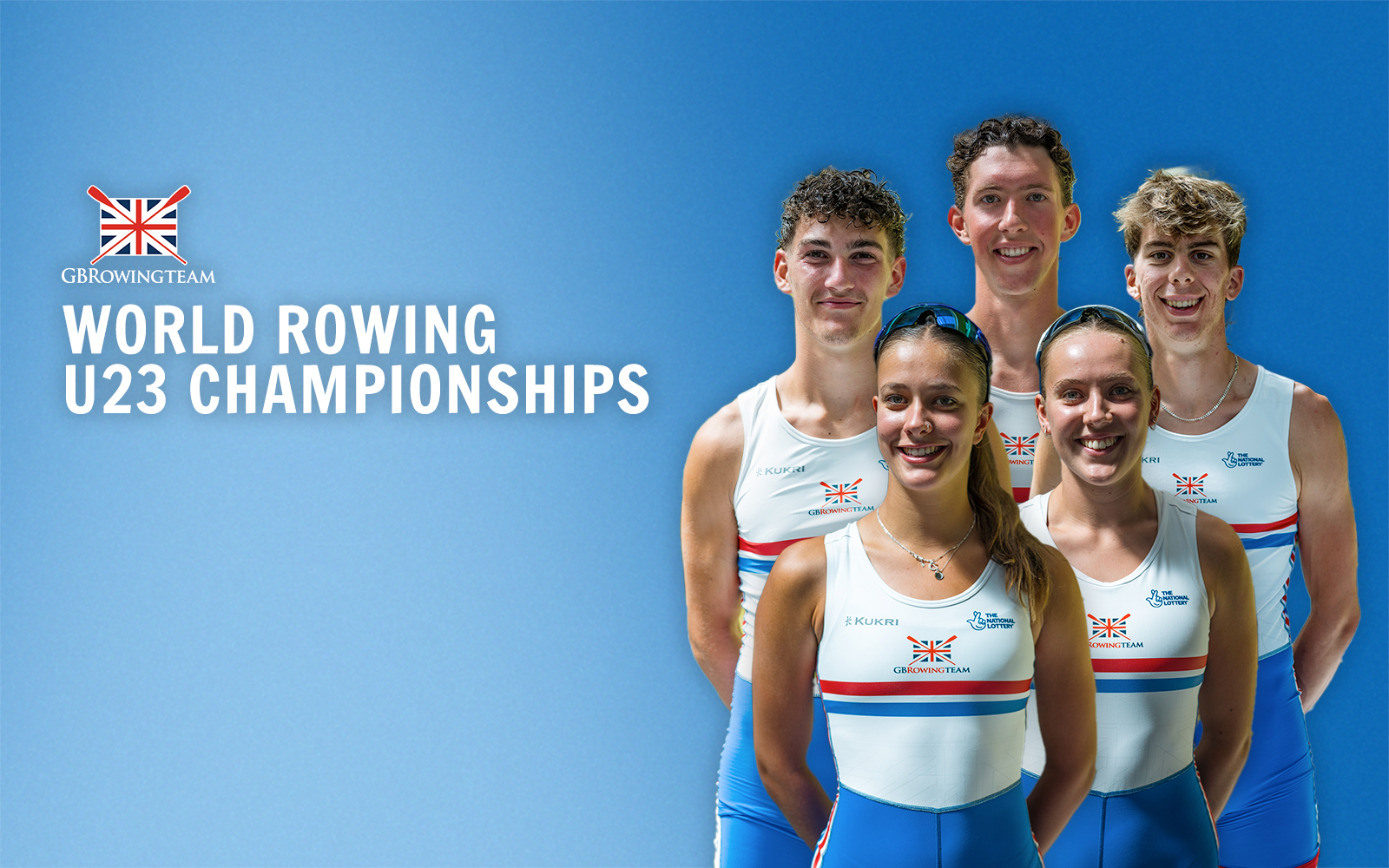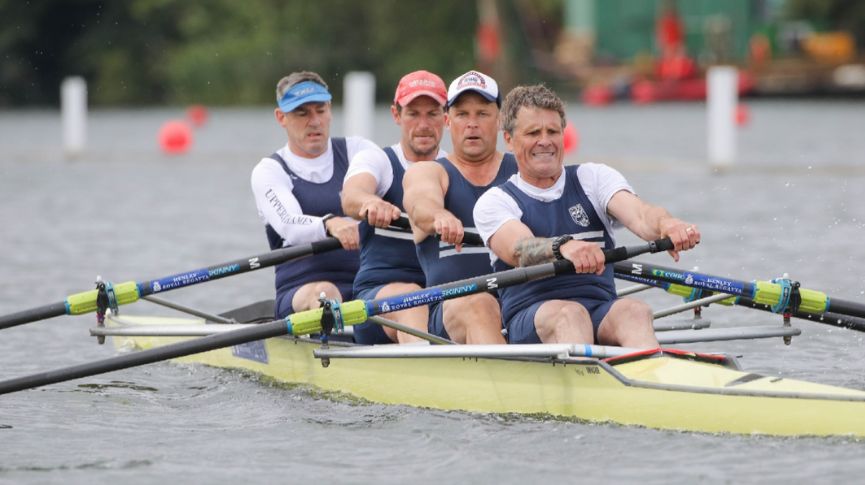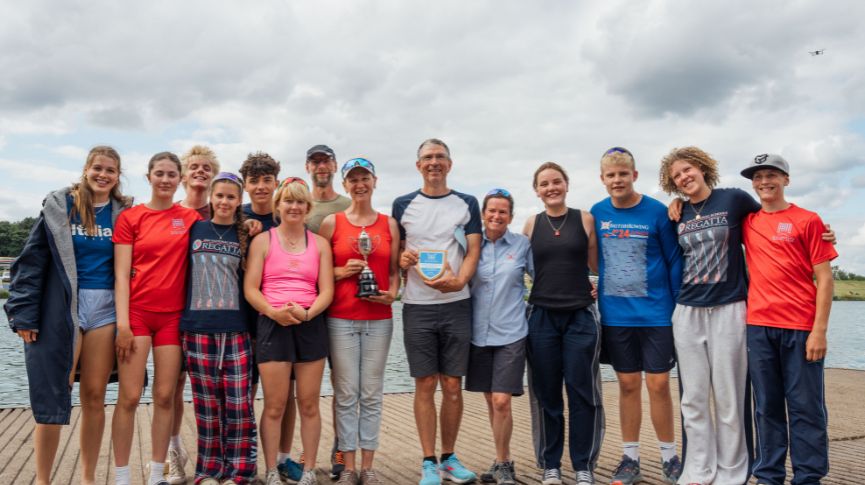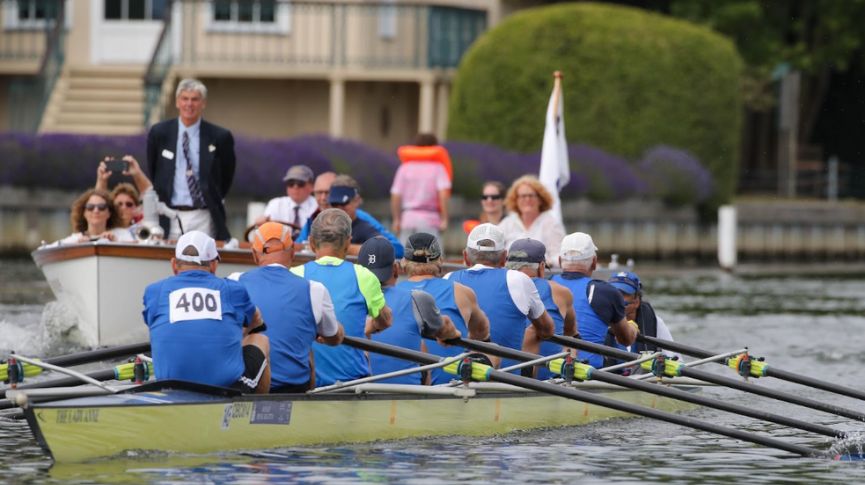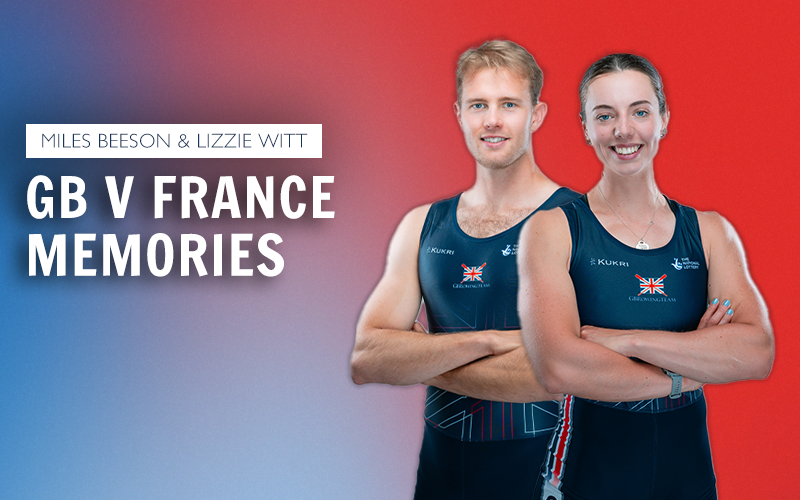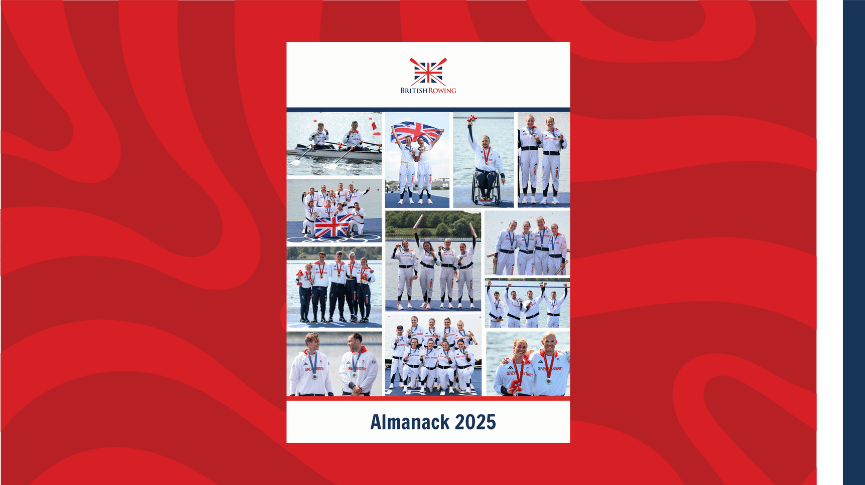Keeping a Good Look Out
Collisions are an issue for all rowers; they have been too frequent and have caused painful injuries. Collisions can be avoided.
The first step in Collision Avoidance is to keep a good lookout. This enables you to know where you are going and what is in front of you. Then you have a chance to avoid dangers.
This issue has been recognised by the Thames Region and the Port of London Authority (PLA) who have worked together to produce a set of posters that warn rowers of the potential consequences of not keeping a good lookout (pictured).
To download the full set of posters, visit www.pla.co.uk/Safety/The-LOOKOUT-Campaign.
The important things for everyone to remember are:
- Don’t just glance, LOOK
- Listen as well as look
- Look for swimmers and debris in the water
- Take extra care when the water is rough or if you are rowing towards the sun, particularly if it is low in the sky
Coxes (in boats coxed from the stern):
- Keep a good look out at all times and in all directions, including behind
- Be particularly aware of your blind spot, dead ahead
- Instruct bow & 2 to look round if you cannot see
- Instruct bow to check when the view ahead is restricted (bridges, sharp bends, etc.)
Coxes (in boats coxed from the bow):
- Keep a good look out at all times
- Be particularly aware of your blind area, behind and to the sides
- Instruct the rest of the crew to keep a good look out and tell you if they see any hazards
- Take extra care when being overtaken by another boat
Steers & Scullers:
- Keep a good lookout ahead and to both sides
- Look ahead every 5 strokes,
- Look ahead more often if the water is congested, or if you are near bends, bridges or other hazards
Be aware of the effects of stream and wind, you may not be going where you think you are going.
Do not forget to keep a good look out on land as well as on the water, walking into riggers can be painful too.


